This event has now taken place, dates for future events to be announced soon!
Times stated below are CET (GMT+1hr)
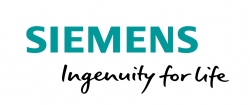 Matthieu Worm
Matthieu Worm Dr Hardi Hungar
Dr Hardi Hungar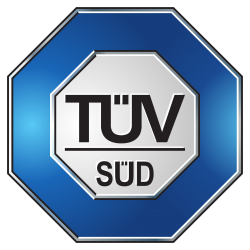 Emmeram Klotz
Emmeram Klotz Oliver Bleisinger
Oliver Bleisinger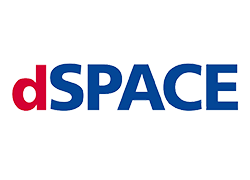 André Rolfsmeier
André Rolfsmeier Chris Reeves
Chris Reeves John Fox
John Fox Mohamed Azhar
Mohamed Azhar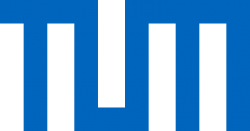 Florian Hauer
Florian Hauer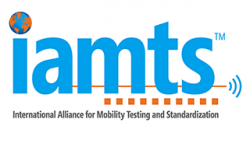 John Tintinalli
John Tintinalli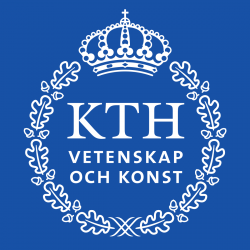 Maxime Sainte Catherine
Maxime Sainte Catherine Mike Freeman
Mike Freeman Robert McGinnis
Robert McGinnis Chris Reeves
Chris Reeves Sytze Kalisvaart
Sytze Kalisvaart Nicholas Clay
Nicholas Clay Patrick Luley
Patrick Luley